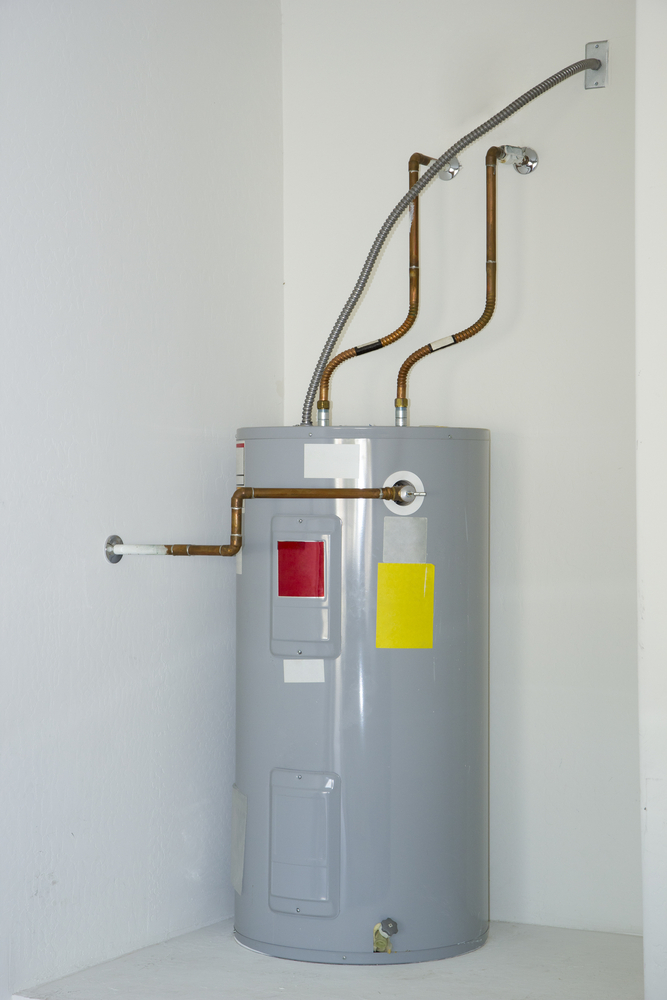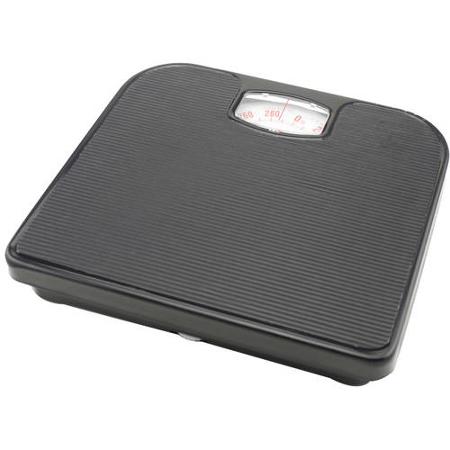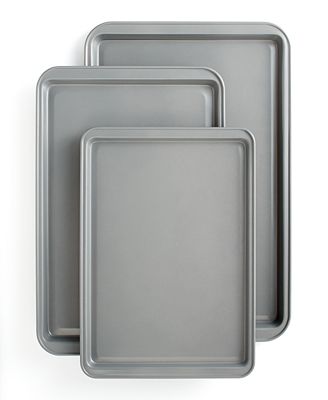As winter approaches, it’s important to make sure that your water heater is prepared for the cold months ahead. Failing to do so could lead to chilly showers, or even costly repairs.
The steps you take depend on where your water heater is located. If it’s inside your home, then heater may actually help to warm your house, and you won’t need to insulate it during the winter (but in the summer, when it’s heat is working against you’re A/C, you’ll want it insulated).
But if your water heater is located in an unheated garage or in a covered area outside, you’ll want to prep it for the winter. Here are the steps you need to take to get it ready for the dip in temperatures.
Steps for winterizing your water heater
1) Turn off your water heater
Find the water shut-off valve (which is usually either in the basement or outside) and turn off the water. Also turn off the cold water intake valve to the water heater. Turn off the gas if you have a gas heater and if you have an electric one, unplug your heater or shut it off at the breaker.
2) Drain the tank
Find the drain at the bottom of the tank. It should have a way for you to connect a garden hose to it, which will allow you to direct the water outside or to a drain. Open the drain valve turn on the hot side of any faucet for about half an hour to empty the tank. Don’t forget to refill the heater with water before you turn it back on.
3) Wrap up pipes and heater
Wrap insulation around the pipes going into and coming out of the heater and then lay down a layer of duct tape to keep it all in place. If you want to add an extra layer, put a water heater blanket over the tank as well.
Maintenance tips
It’s not just the wintertime when you need to be looking out for your water heater. Here are a few maintenance procedures you should do throughout the year.
Flush out sediment
Drain your water heater every year to flush out sediment and prevent it from building up.
Test pressure valve
You’ll also want to test your pressure valve every year. Make sure you’re wearing gloves and goggles and move the test lever up and down so that it raises the brass stem that it’s attached to. You should get a steady flow of hot water. If no or very little water comes through the drainpipe, you need to replace the valve.
Replace the anode rod
The anode rod attracts corrosive elements to remove them from the water so it eventually becomes rusted. Replace it every five years to double the life of your water heater.
Check for drips and leaks
Most leaks can be fixed by replacing the water supply connection using compression fittings or soldering copper pipes. If you have a leak from your temperature and pressure release valve, you’ll probably need to buy a thermal expansion tank. Already have an expansion tank? Make sure it has not filled with water and if it’s OK then you need a new pressure release valve.
Do you have any other ideas for water heater winterizing or maintenance? Post them in the comments sections below.
Chris Long is a long-time store associate at a Home Depot located in the Chicago suburbs. Chris also writes DIY articles on plumbing and bath for the Home Depot website. He provides advice to homeowners on supplies and fixtures such as water heaters, tubs, showers and vanities.







